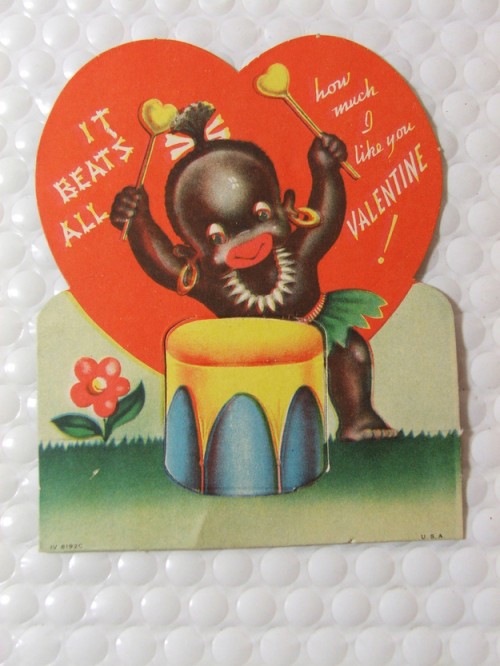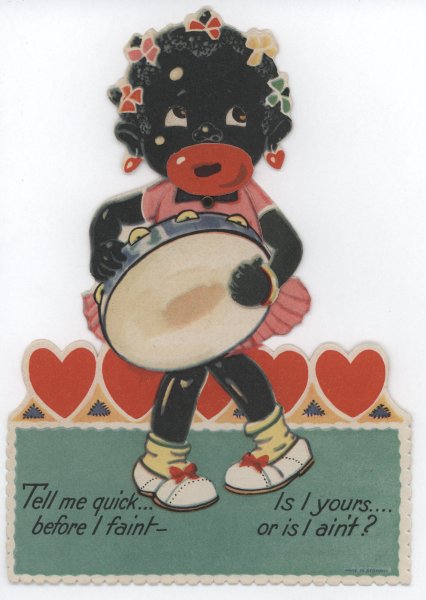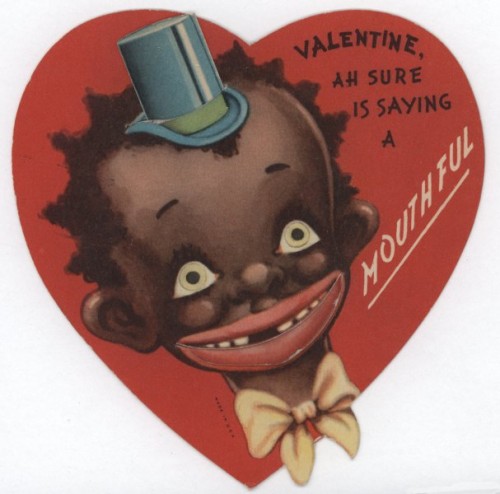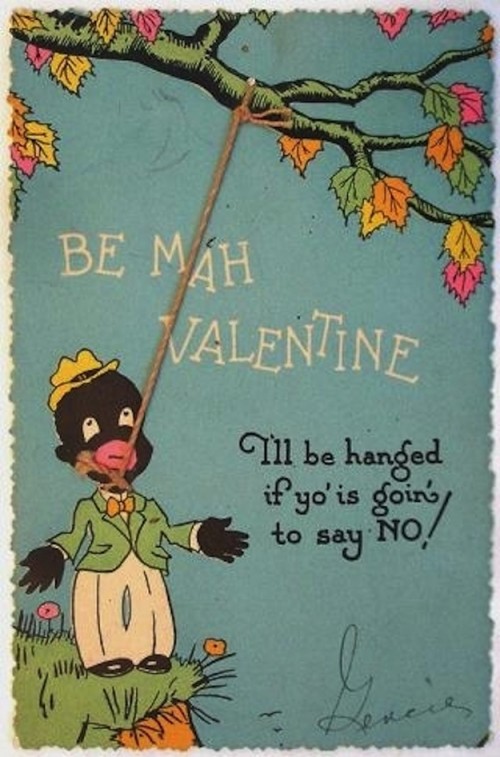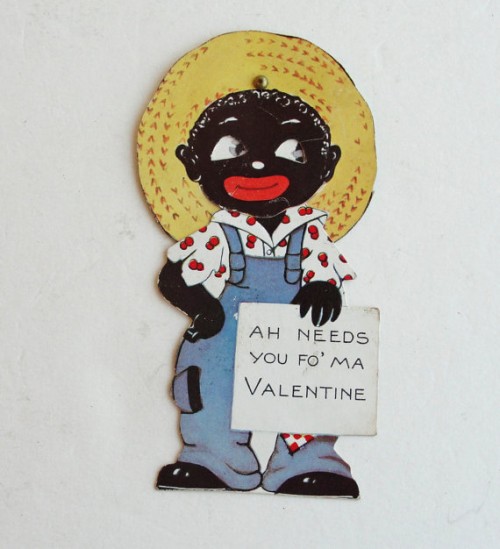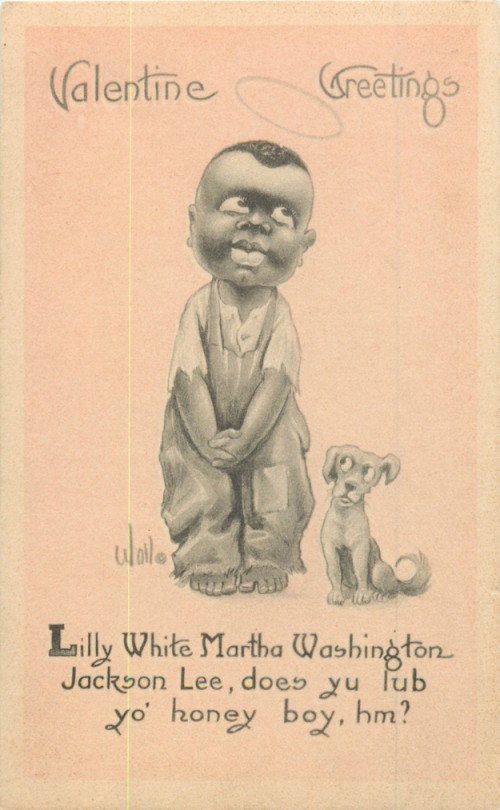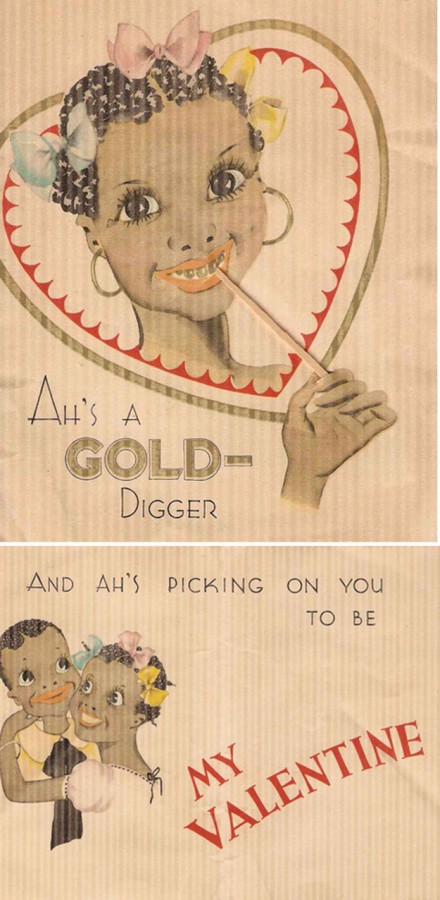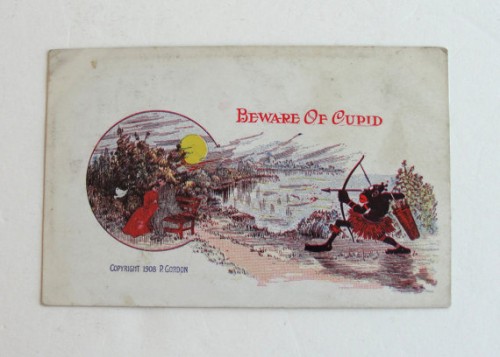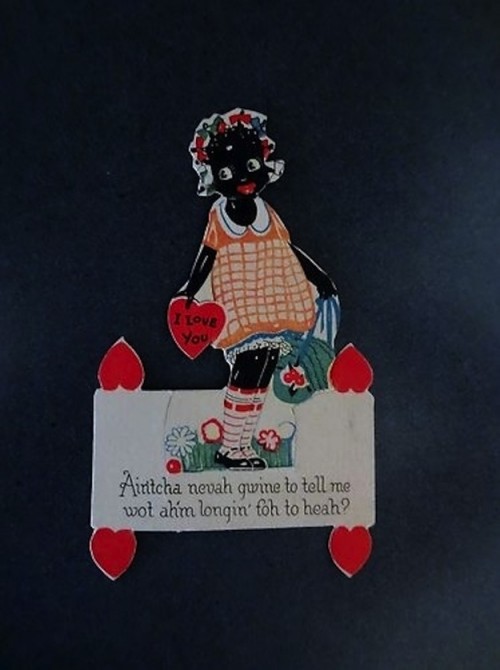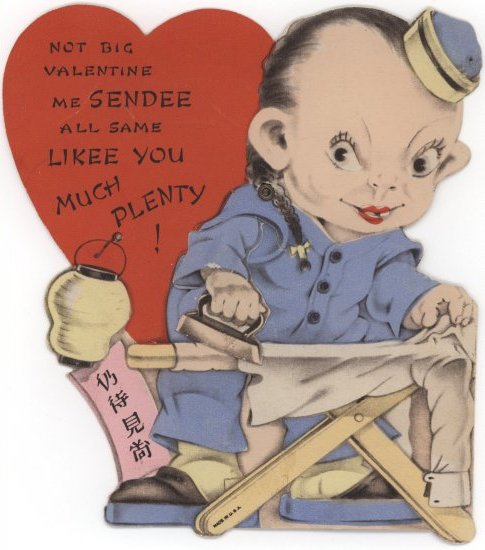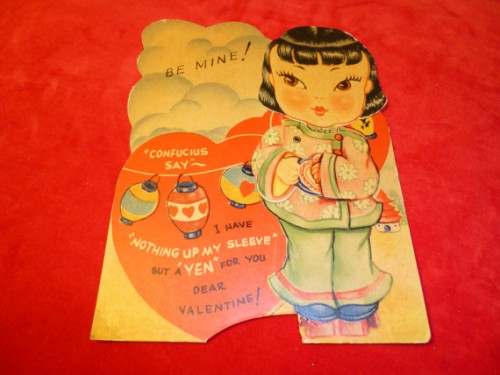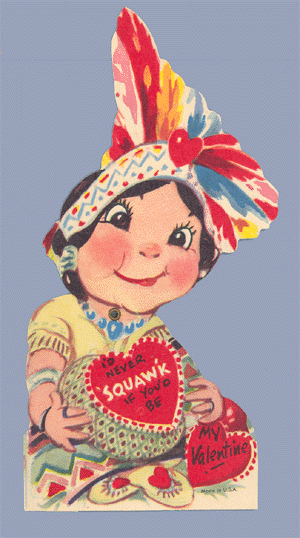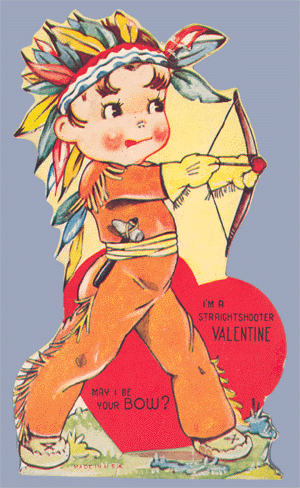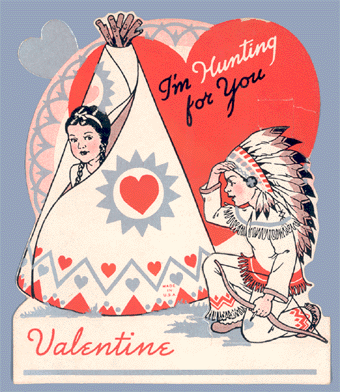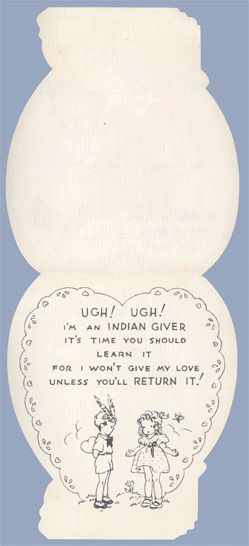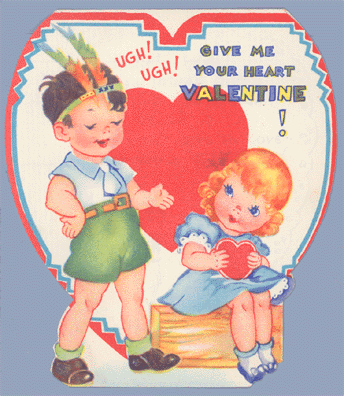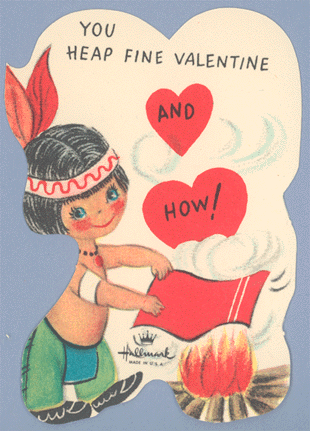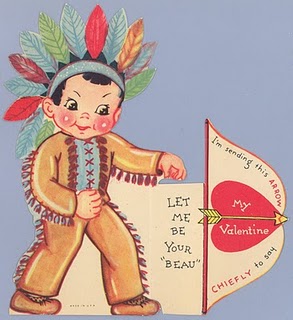Melissa sent in a trailer for the video game, inFAMOUS2. The game features a white male protagonist who is advised by a bad influence and a good influence. Melissa notes that these are a black woman dressed skimpily and a white woman dressed (relatively) modestly, respectively. So here we have, again, an affirmation that black is bad and white is good.
Screenshot:
Trailer (2 minutes):
Lisa Wade, PhD is an Associate Professor at Tulane University. She is the author of American Hookup, a book about college sexual culture; a textbook about gender; and a forthcoming introductory text: Terrible Magnificent Sociology. You can follow her on Twitter and Instagram.












